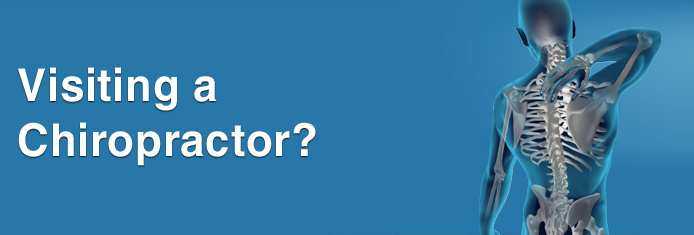 Chiropractic is a therapy for certain functional and painful disorders of the musculoskeletal system as well as their effects on other functions, biomechanical and neurophysiological, for example. It helps diagnose, treat, and if possible prevent them.
Chiropractic is a therapy for certain functional and painful disorders of the musculoskeletal system as well as their effects on other functions, biomechanical and neurophysiological, for example. It helps diagnose, treat, and if possible prevent them.
These effects can be translated locally by a limitation of the movement, pains, and contractures or at a distance, by headaches, irradiations in the limbs, etc. There have been cases where internal functions were affected. Chiropractic treatment is indicated as soon as there is a disturbance of the static or the dynamics of the human body. This disturbance may be due to an illness, an accident, or simply the time that passes on each one of us.
Chiropractic care also, of course, punctual affections such as lombago, nonsurgical disc herniation, the famous whiplash, etc. The chiropractor or chiropractor restores normal function, mobility, joints. He or she works with his hands, reaching his goal by precisely measured pulses on the joint whose function is disturbed. To understand what happens during this manipulation of a joint, it is a question of knowing all the “components” concerned and the function that is assigned to them, more
Muscle tension = information
The muscles are the active elements of the joint: they have a basic tension, determined and controlled by the nervous system. Under the effect of an excitation – for example in case of stress, after the consumption of coffee or tobacco – the basic tension of the musculature increases. Multiple receptors, sensors distributed in the joints, muscles, ligaments, tendons and skin, detect external or internal stimuli such as heat, pressure and inclination, interpret them in a form accessible to the nervous system and send them to the spinal cord, prolongation of the brain. This body processes the information and transmits or returns it.

Reaction orders
The more information the brain and spinal cord receives, the more information is sent to the joint receptors, muscles, and neurovegetative system. Thus, after a thigh injury, for example, the spinal cord and the brain will receive and have to deal with reinforced information about this event. As a result, they will send back to the injured muscle an additional amount of information, which will result in a contraction of the muscle and a rise in pain.
The fundamental principle is therefore that any information emitted by a body area at the address of the spinal cord causes the sending of information back to the issuing area. So, for example, a lesion of the cervical spine will result in a “reaction order” transmitted mainly to the muscles of the neck and arms. And if it is the lumbar spine that is affected, it will be the muscles of the legs and lower back that will be involved.

